For experiential marketing, the hard work of gaining activations is tied up in the basics: the cost of the booth space, travel / food / hotel expenses, staffing, and display logistics. This is the cost of simply showing up.
The return is really generated by how the other 50% of the dollars are spent. Trade Show News Network recently published a useful guide covering many of these ideas, echoed by respondents in the B2B Marketing Zone study. For example, at trade shows, marketing pros maximize brand presence through:
- investing in sponsorships;
- arranging meetings with industry media and target prospects;
- promoting their booth presence using email and social media;
- taking advantage of speaking opportunities;
- hosting evening networking events prior due or during the show days, and
- marketing to the attendee list following the event.
B2B marketers can optimize results from third-party events as well their own corporate-hosted gathering with tactics such as:
- setting measurable goals for the event (along with a plan and technology to track those);
- writing and sharing a blog post to promote the event;
- publicizing the event or presence on their website home page and the Events section;
- creating social media updates using the event hashtag;
- livestreaming the event; and
- using event management software to optimize planning and integrate data collection into CRM and other enterprise marketing systems.
Several respondents in the How B2B Marketing is Changing study made the point that while events are expensive, the value is worthwhile. Trade show leads have a higher cost per lead (CPL) than digital marketing, but the quality tends to be better. Conversations at events are meaningful, valuable, and important.
Noting the value of speaking at live events, one elearning software company CEO mused, “It’s funny, right? With all this tech, and we’re a tech-based company, me going out there as a human being in public has been far more effective than anything we’ve done digitally at this point.”
The events industry continues to grow, with revenue and attendance both up nearly 2% last quarter.
This growth is likely to continue as B2B marketers hone their audience targeting at both trade shows and corporate events; use event marketing strategically to help not only generate leads but also accelerate their movement through the sales funnel; and capitalize on new ways to collect data through RFID and other technologies measure the value of live events with greater precision.

